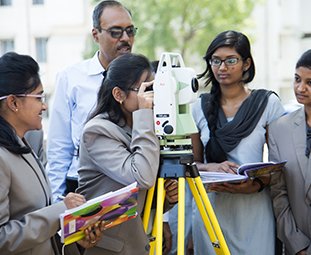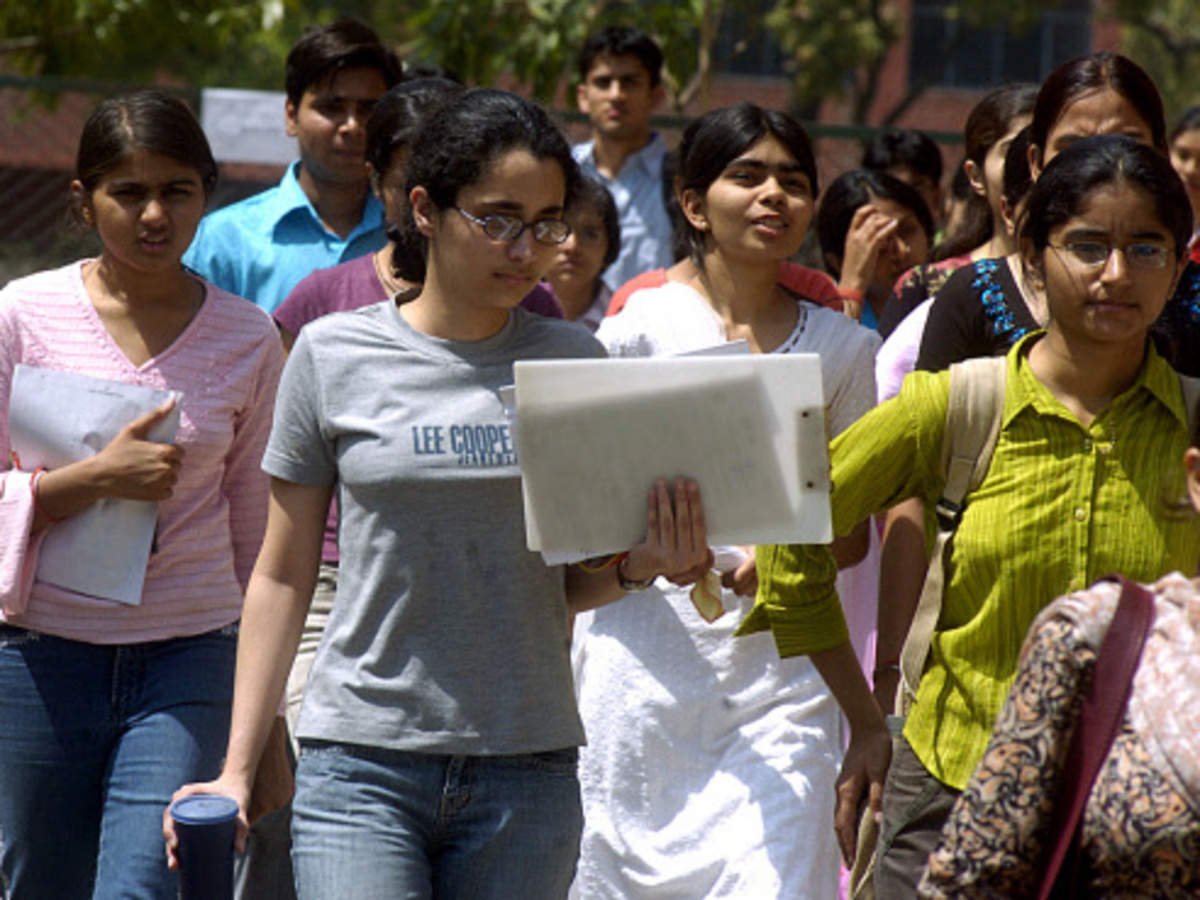By: Er. Prabhat Kishore
The global economy today requires advanced, flexible and commutable skills. Earlier the jobs were agricultural or family occupation based and the youths used to learn it through working & shadowing the experienced elders. But now, in the era of fourth industrial revolution, the emphasis is on technology based expertise requiring higher skilled workforce. Only a skilled person can grow in today’s world. That is why investment in skill development is vital for a country’s growth and competitiveness.
Schools are the Centre of career building where learners are systematically equipped knowledge, skill as well as attitude. Gandhiji has always struggled for basic education, which is based on the learning with doing as well as earning with learning. But after independence, Gandhi’s vision of nationalist education has been kept under the carpet. The main drawback of the present Macaulay system of education in India is that the youths have bundles of higher degrees in their hands, but are bereft of proper skill training resulting in high unemployment. Education system must be oriented towards producing graduates who have both strong foundational skill as well as specific skill for jobs.
The 12th Five Year Plan (2012-17) estimated that only 4.69% of Indian workforce in the age group of 19-24 years received formal vocational education as against 24% in China, 52% in USA, 68% in UK, 75% in Germany, 80% in Japan and as high as 96% in South Korea. India ranked 68th in Global Competitiveness Index (GCI) 2019 – one of whose indices is skills development. Obviously, to make India internationally competitive and to boost its economic growth & productivity a skilled workforce is essential.
In para 16.1 to 16.8 of National Education Policy 2020, emphasis has been given for vocational education to students so that it may help them enhancing employability. In Samagra Shiksha, vocational and practical courses has been introduced to generate among students some basic skills and disposition for becoming skilled entrepreneurs. Vocational education will be integrated in the educational offerings of all secondary schools in a phased manner over the next decade. Skill labs will also be set up and created in the schools in a hub and spoke model which will allow other schools to use the facility. Financial provision for construction of workshop/laboratory-cum-classroom, tools & equipment, raw materials, trainers etc. has been made.
The vocationalisation of school education has been aligned with National Skill Qualification Framework (NSQF) and will lead to introduction of vocational courses along with general education subjects from class 9 to 12. The Central/State education boards should adequately redesign and notify the scheme of combination of subjects to position Vocational Subject as an additional subject in Class 9 and 10 and as a compulsory (elective) subject in Class 11 and 12. Exposure to vocational education will also be provided in Upper Primary classes i.e. class 6 to 8 to orient students with skills required for various occupations and to help them in selecting their vocational subjects at higher level.
The states will identity local job opportunities and labour market requirements and on that basis the vocational subjects will be introduced. The state should adopt two vocational trades in each of the selected school on the basis of Skill Gap Analysis, either conducted by National School Development Council (NSDC) or by itself. Based on National Occupation Standards, NSDC has notified 339 Job Roles at Level 4 (class 12) across 22 sectors including Agriculture, Automotive, Beauty & Wellness, Gems and Jewellery, IT & ITeS, Security, Retail, Telecom, Tourism & Hospitality, Healthcare, Plumbing, Electronics, Leather, Handicrafts, Media & Entertainment, Rubber etc. In selecting courses, the state will ensure that for pass out students local skill needs are appropriately addressed and suitable scope of employment are available in neighbouring areas.
The vocational courses would be competency based and modular with specified credits and built-in provision for multi-entry, multi-exit and vertical mobility. Over a span of time, vocational courses offered by the school can be changed, if needed. The selection of vocational courses will also keep in mind the aspirations of parents and students. The selected schools will have linkage with some related industry/enterprises/factory/Local ITIs etc. for hand-on training and design, development, delivery, assessment & certification of skills content.
The curriculum will include communication skills, self-management skills, ICT skills, entrepreneurial skills and green skills for enhancing the employability of the students. Internship of minimum 80 hours of workforce learning will help students in developing personalized training plans, acquiring first hand information related to industry and knowledge about labour market.
Vocational Education & Training (VET) help with bridging the skill gap between work and education. Through properly planned and effectively implemented VET programme, there is a possibility to prepare employable persons for sustained employment. Qualitative skill development of the new generation is a national need and the vocational education & training will be proved as a vehicle for Atmanirbhar Bharat. (The author is a technocrat and educationist & can be reached at prabhatkishore65@gmail.com)







